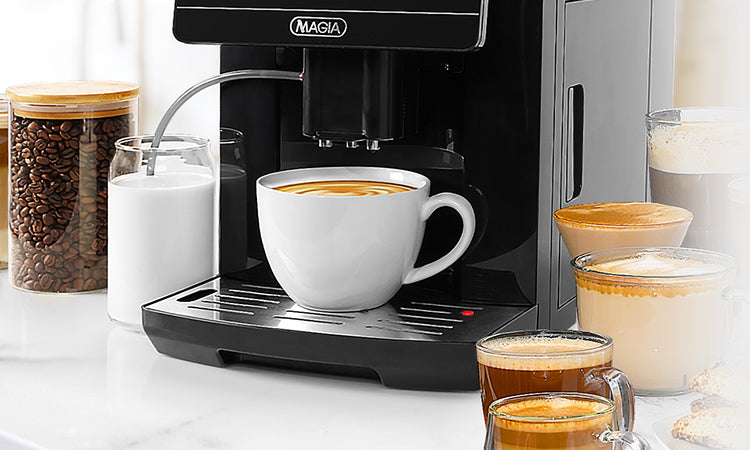
Can You Use Regular Coffee Beans in a Super Automatic Espresso Machine
The type of coffee beans you use plays a huge role in brewing the perfect cup of espresso. Coffee beans can vary greatly in flavor, roast level, and quality. There are two main types of coffee beans: Arabica and Robusta. Arabica beans are known for their smooth, complex flavors, while Robusta beans offer a stronger, more bitter taste and higher caffeine content.
Arabica vs. Robusta
For a truly exceptional espresso, the choice of coffee beans is paramount. Many coffee connoisseurs gravitate towards Arabica beans for their complex and nuanced flavor profile. These beans, grown at higher altitudes, boast a symphony of tastes ranging from bright citrus and berry notes to rich chocolate and caramel undertones. Arabica beans produce a smoother, less bitter espresso with a pleasant acidity that dances on the palate.
Yet, for those seeking a more robust, intense espresso experience, Robusta beans step into the spotlight. With their higher caffeine content and bold flavor, Robusta beans bring a potent punch and a dense, crema-laden texture to the espresso. While Robusta beans on their own can be overpowering, when blended with Arabica beans, they create a perfect equilibrium.
The Arabica beans contribute their nuanced flavors and gentle acidity, while the Robusta beans infuse the brew with body, crema, and a lingering, bittersweet aftertaste.
Can You Use Regular Coffee Beans
While technically possible to use regular coffee beans in your super automatic espresso machine, it's essential to understand that they might not yield the most satisfying results. This is due to a few key differences between regular coffee beans and those roasted explicitly for espresso.
First, regular coffee beans are typically roasted to a lighter degree, making them well-suited for brewing methods like drip coffee or French press. These lighter roasts highlight the beans' brighter, more acidic notes and delicate aromas. However, when used for espresso, these lighter roasts can produce a thinner, more watery shot with a pronounced acidity that some may find unpleasant.

On the flip side, espresso beans undergo a more extensive, darker roasting process. This prolonged roasting period caramelizes the sugars within the beans, fostering deeper, more robust flavors with hints of chocolate, nuts, and caramel. Moreover, the darker roast tempers the acidity, resulting in a smoother, more balanced espresso with a lingering, satisfying aftertaste, which are the unique qualities that make espresso beans perfect for your super automatic machine.
Therefore, while regular coffee beans can technically be used in a super automatic espresso machine, they often lack the depth of flavor, body, and crema that espresso enthusiasts crave. For the most flavorful and enjoyable espresso experience, it's strongly advised to choose beans that are specifically roasted for espresso extraction. These beans will guarantee a richer, more complex cup that truly showcases the unique qualities of your super automatic machine, ensuring a satisfying espresso experience.
The Importance of Grind Size
Beyond the roast, the grind size of your coffee beans is another critical factor in achieving espresso perfection. Espresso requires a very fine grind, almost like powdered sugar, to ensure proper extraction during the high-pressure brewing process. This fine grind exposes a larger surface area of the coffee grounds, allowing for maximum flavor extraction in the short brewing time. It also contributes to the formation of crema, the rich, velvety layer of foam that sits atop a well-crafted espresso shot.

However, regular coffee beans are often ground much coarser for brewing methods like drip coffee or French press. These coarse grinds are designed to release flavors more slowly over a longer brewing time. When these coarse grinds are used in an espresso machine, they lead to under-extraction, resulting in a weak, watery espresso with little to no crema. This is a clear example of how the wrong grind size can significantly affect the quality of your espresso.
Super automatic espresso machines with built-in grinders are calibrated to achieve the perfect grind. They eliminate the guesswork and inconsistency of manual grinding, ensuring a consistent grind size every time. While it's tempting to use regular coffee beans in your super automatic machine, it's important to remember that they might not be ground to the appropriate fineness.
If you do choose to use regular beans, ensure they are ground as finely as possible. Some super automatic machines offer adjustable grind settings, giving you the opportunity to experiment and fine-tune the grind size to match your beans. This is a practical step you can take to optimize your espresso brewing process.
Selecting the Best Espresso Beans
When selecting the best espresso beans, consider the following factors:
-
- Roast Level: Medium-dark to dark roasts are ideal for espresso.
- Flavor Profile: For a well-rounded espresso, look for beans with notes of chocolate, caramel, nuts, or fruits.
- Freshness: Freshly roasted beans produce the best flavor. Check the roast date and try to use beans within a few weeks of roasting.
- Blend: Many espresso blends combine Arabica and Robusta beans to balance smoothness and strength.
Recommended Espresso Beans
Here are a few highly recommended espresso beans that consistently receive praise for their quality and flavor:
-
- Lavazza Super Crema: A blend of Arabica and Robusta beans, offering a creamy texture and rich flavor with notes of honey and almonds.
- Kicking Horse Coffee, Cliff Hanger Espresso: These 100% Arabica beans, with their medium roast, burst with a bright, fruity flavor that's sure to awaken your taste buds.
- Illy Classico Espresso: A well-balanced medium roast made from 100% Arabica beans, known for its smooth and rich taste.
To (Regular) Bean or Not to Bean
While you can use regular coffee beans in a super automatic espresso machine, for the best results, it's advisable to use beans specifically roasted for espresso. The right roast level, grind size, and bean quality can significantly affect the flavor and quality of your espresso. By choosing the best espresso beans, you can ensure that your super automatic espresso machine produces a delicious, satisfying cup every time.
If you're a coffee enthusiast, delving into the world of coffee beans can be a truly enriching experience. Don't be afraid to venture into different types of beans, blends, and roast levels to discover your ideal espresso. Remember, the journey to the perfect cup of espresso is just as delightful as the destination.
Want to try a few coffee recipes? Perfect the Homemade Caffè Latte, or try the White Chocolate Mocha Latte today. Happy brewing!

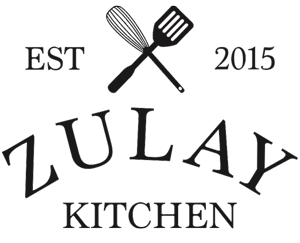














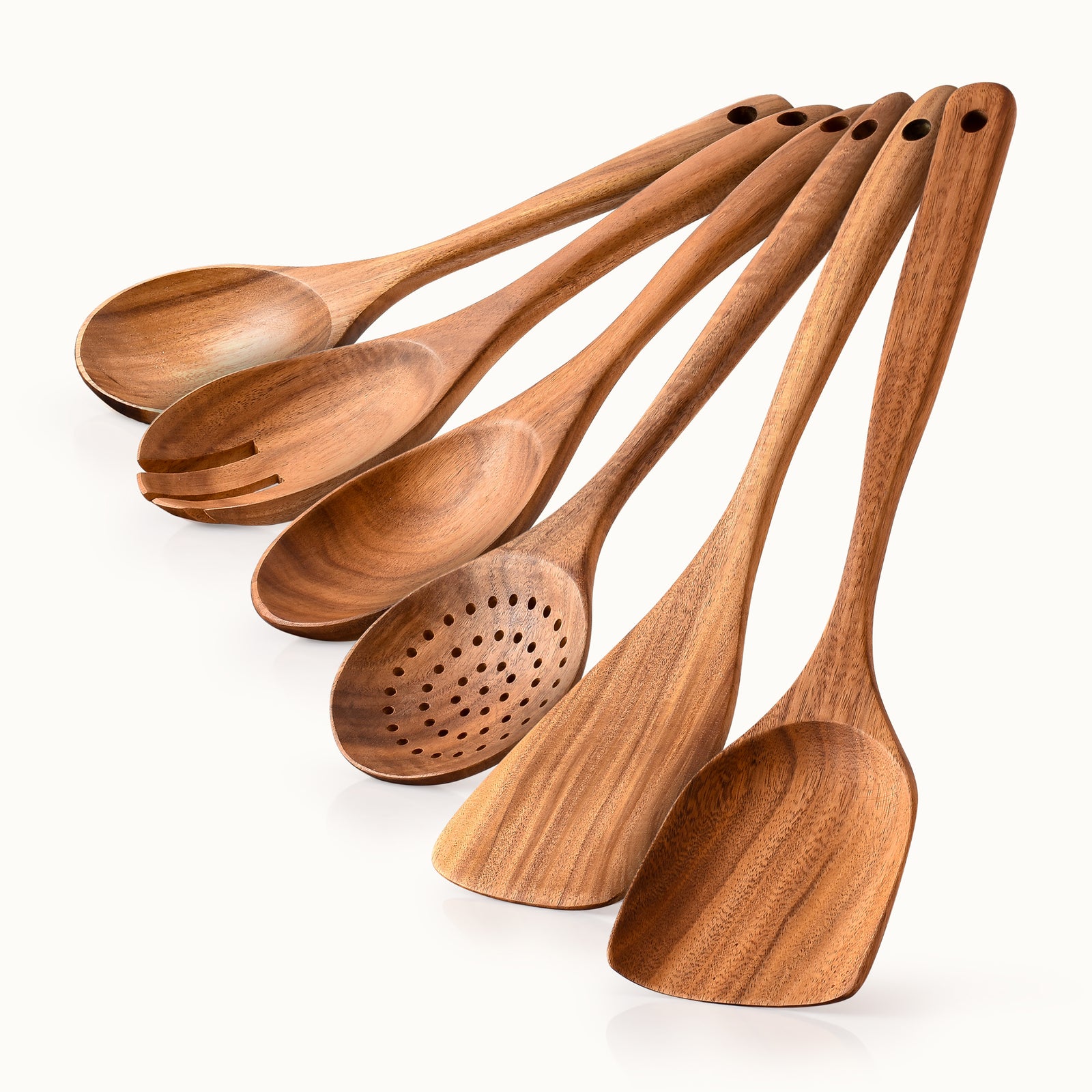
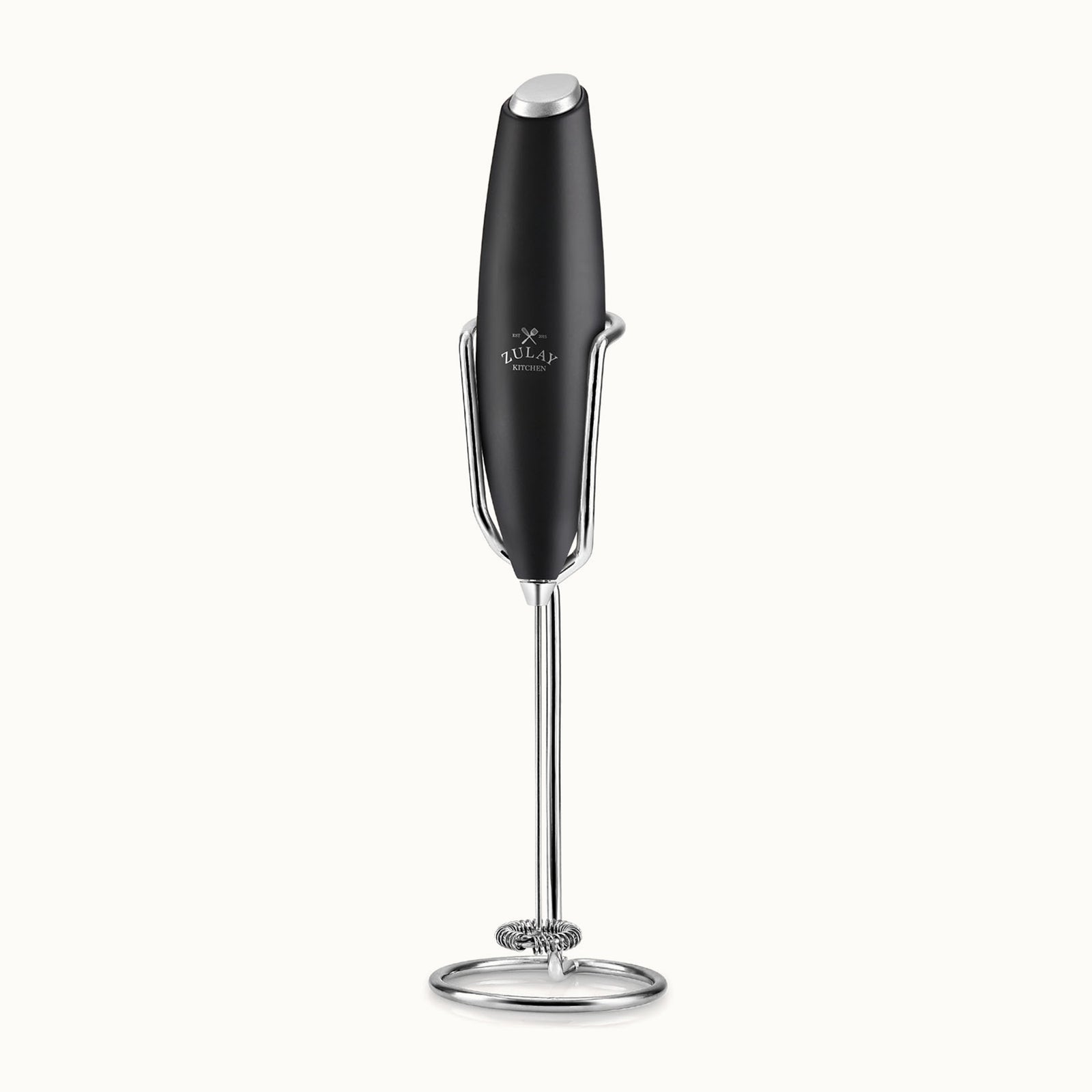
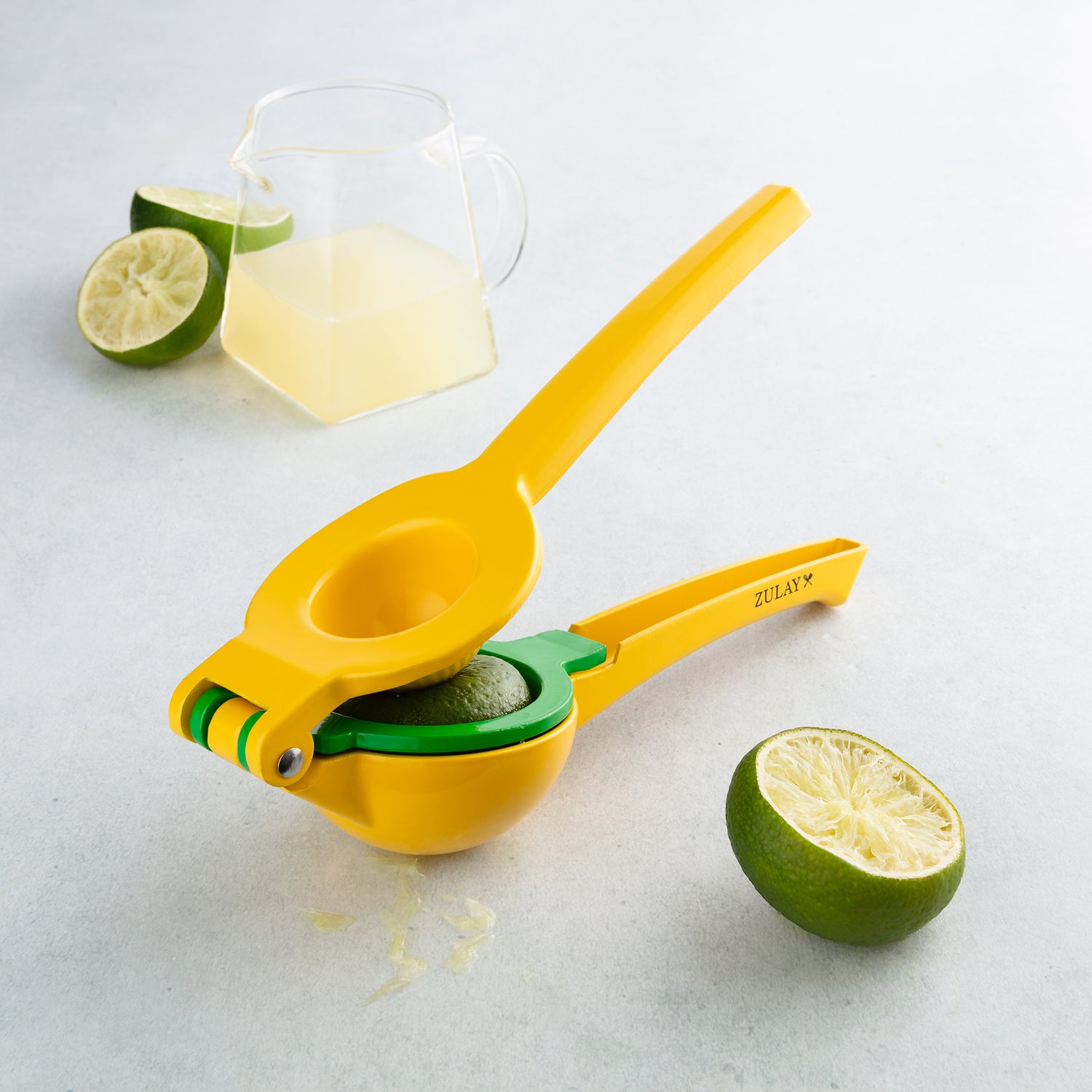
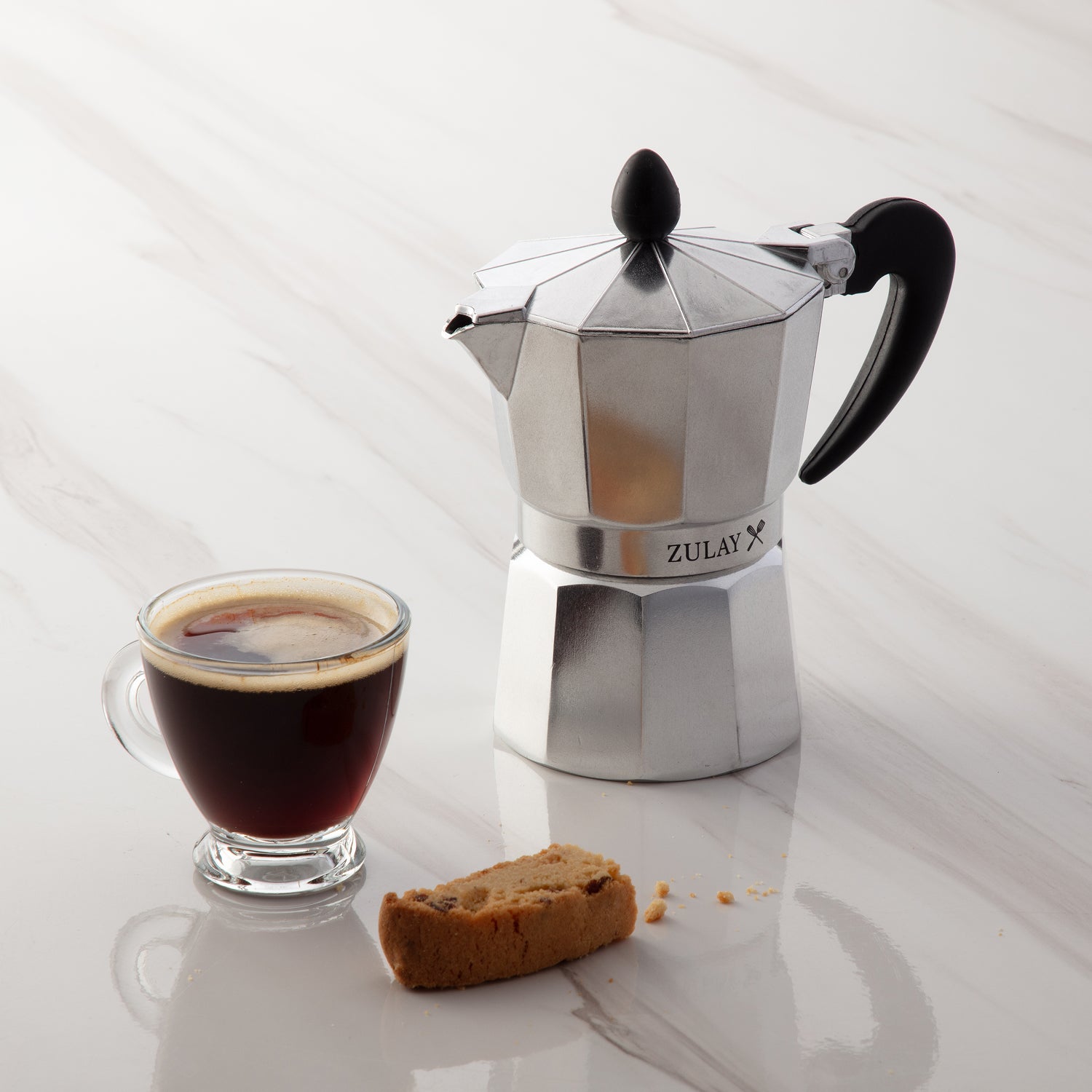



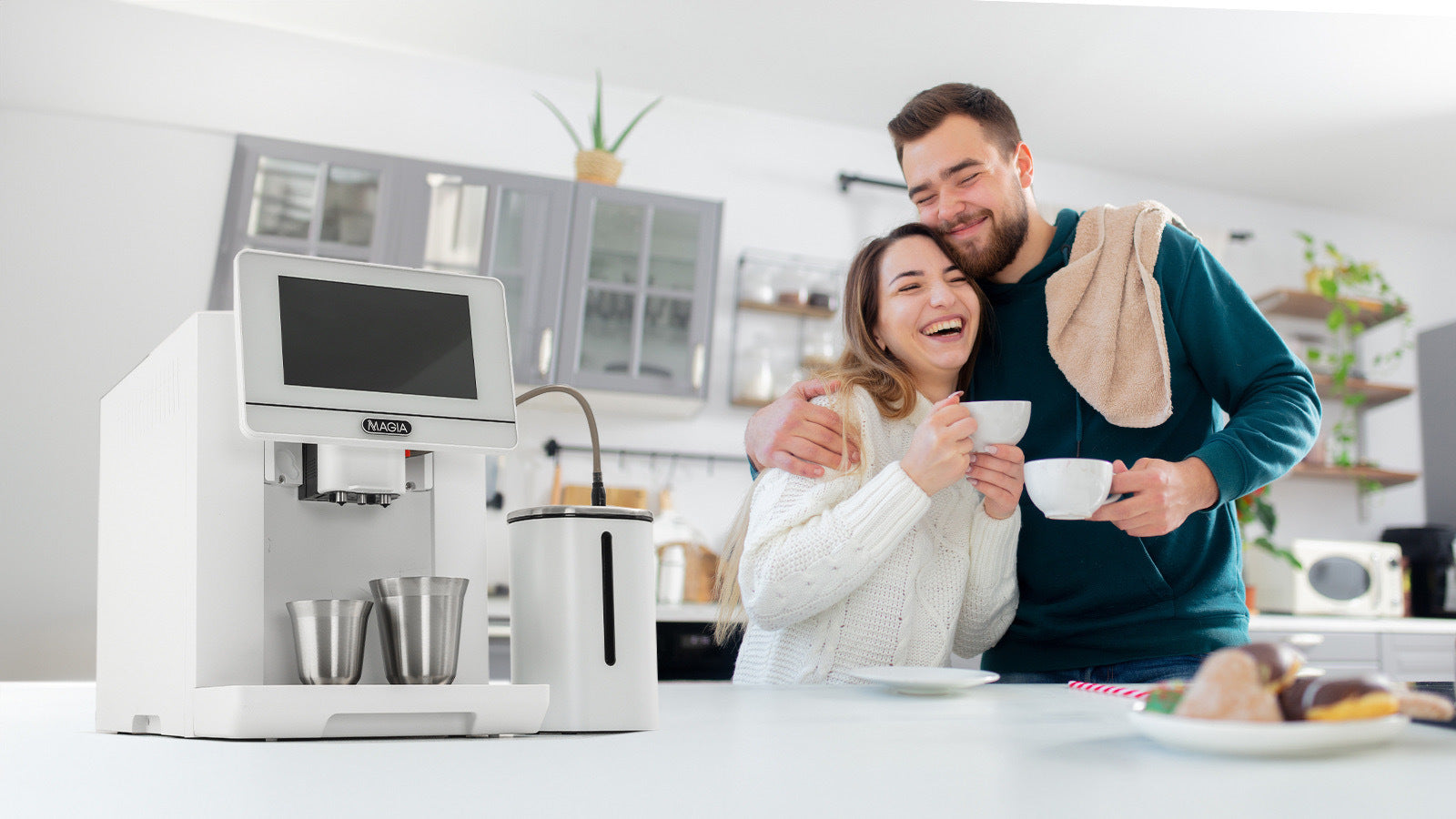
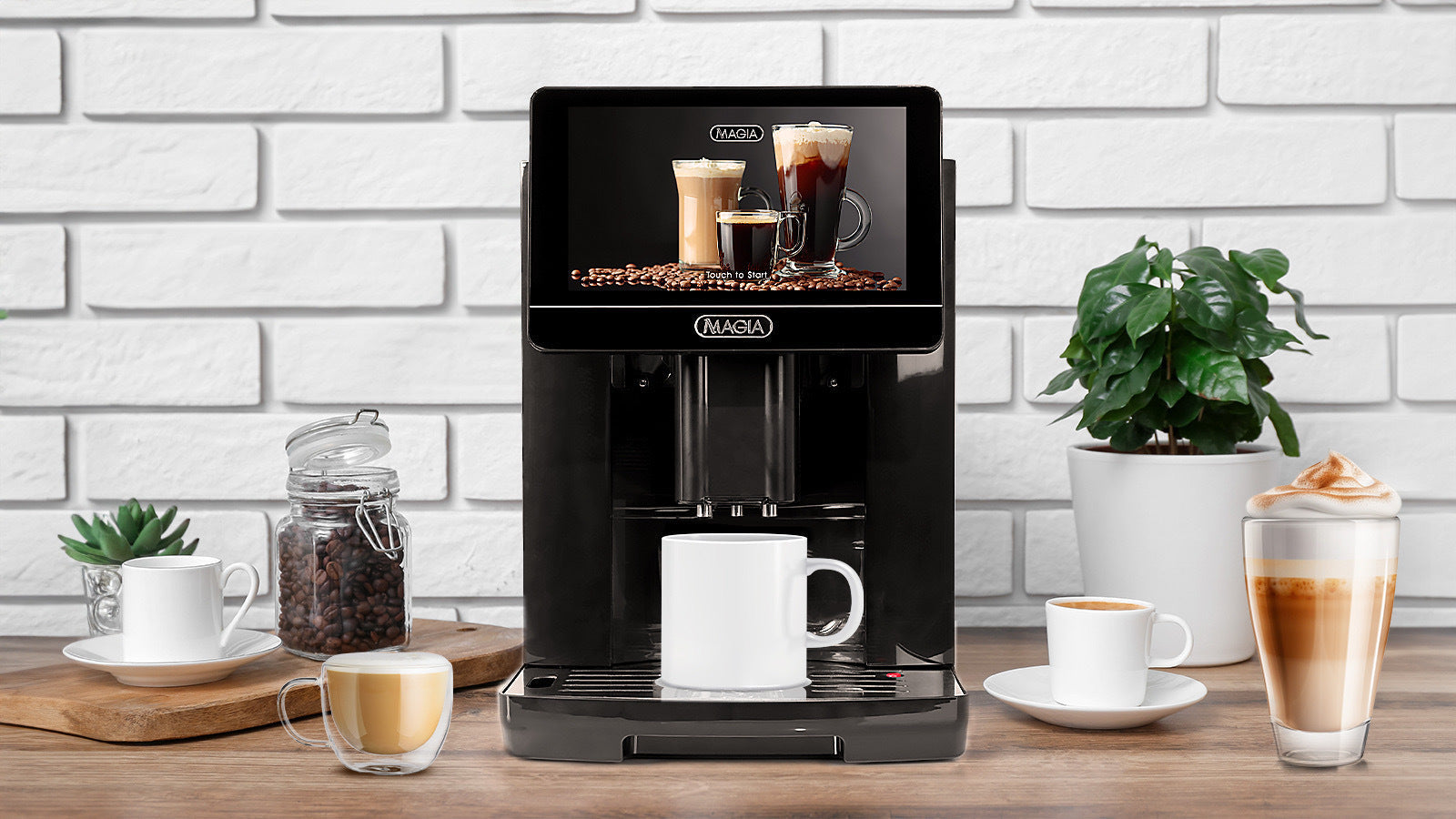
Leave a comment
This site is protected by hCaptcha and the hCaptcha Privacy Policy and Terms of Service apply.